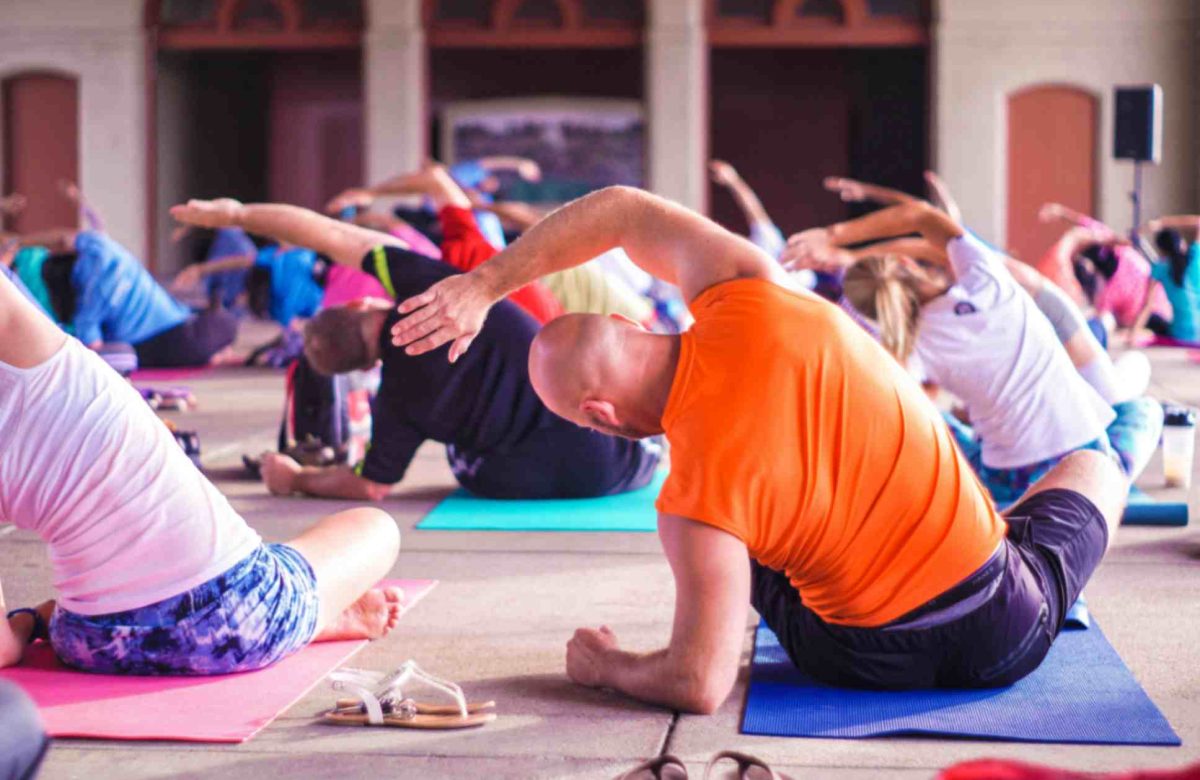How to Improve Your Posture and Reduce Neck Pain

In our increasingly digital age, maintaining good posture has become a challenge for many, leading to a surge in neck pain and discomfort. The seemingly simple act of sitting, standing, or using electronic devices can take a toll on our posture, potentially leading to long-term health issues. However, the good news is that improving posture and reducing neck pain is entirely within our reach. In this blog post, we delve into the art of posture correction, offering practical tips and techniques to help you achieve an elegant posture and bid farewell to nagging neck discomfort.
The Consequences of Poor Posture:
Poor posture doesn’t just affect our appearance; it can have far-reaching implications for our physical health. An incorrect posture, especially in the upper body, can strain the neck muscles and the spine, leading to conditions like forward head posture, rounded shoulders, and text neck. Over time, these imbalances can result in chronic neck pain, headaches, reduced mobility, and even impact overall well-being.
Read More : How to Strengthen Your Back for Posture Support
Understanding Good Posture:
Achieving good posture involves aligning the body in a way that reduces strain on muscles, joints, and ligaments. Proper posture not only maintains the natural curves of the spine but also engages the core muscles to support the body’s weight effectively. Here are some key elements of a well-aligned posture:
- Head Position: The head should be aligned directly over the shoulders, not jutting forward. Imagine a straight line from the top of your head to your feet.
- Shoulders: Keep your shoulders relaxed and pulled back, allowing the shoulder blades to gently touch and support an open chest.
- Spine: Maintain the natural curves of the spine – a slight inward curve at the lower back (lumbar curve), a gentle outward curve at the upper back (thoracic curve), and an inward curve at the neck (cervical curve).
- Hips: The hips should be level, and the pelvis slightly tilted forward to prevent excessive arching of the lower back.
- Feet: Keep your feet hip-width apart and evenly distribute your weight between them.
Tips to Improve Posture and Reduce Neck Pain:
- Ergonomic Workspace: If you spend long hours at a desk, ensure your workspace is ergonomic. Adjust the height of your chair, monitor, and keyboard to encourage proper alignment.
- Regular Movement: Avoid sitting or standing in one position for too long. Take breaks to stretch and move around, promoting blood circulation and preventing muscle stiffness.
- Mindful Device Use: Be conscious of your posture while using electronic devices. Raise your device to eye level to avoid straining your neck.
- Core Strengthening: A strong core provides essential support for maintaining good posture. Incorporate exercises like planks, bridges, and leg raises into your fitness routine.
- Neck Stretches: Gentle neck stretches can alleviate tension and improve flexibility. Tilt your head to each side, forward, and backward while holding each stretch for 15-30 seconds.
- Yoga and Pilates: These practices emphasize body awareness, alignment, and core engagement – all of which contribute to better posture.
- Proper Sleeping Position: Choose a mattress and pillow that provide adequate support for your head and neck. Sleep on your back or side to promote a neutral spinal alignment.
- Mindful Breathing: Deep breathing encourages relaxation and supports proper posture by engaging the core muscles.
- Mind-Body Awareness: Regularly check in with your posture throughout the day. Over time, conscious awareness will become a habit.
Posture Correction Exercises:
- Chin Tucks: Sit or stand tall. Gently draw your chin in toward your neck, creating a double chin. Hold for a few seconds, then release. Repeat 10-15 times.
- Shoulder Blade Squeezes: Sit up straight and pull your shoulder blades back and down. Hold for a few seconds, then release. Repeat several times throughout the day.
- Wall Angels: Stand with your back against a wall. Raise your arms to shoulder height, bending your elbows to form a “W” shape. Slowly slide your arms up and down the wall while maintaining contact. This exercise strengthens the upper back muscles and promotes better posture.
- Cat-Cow Stretch: On your hands and knees, alternate between arching your back (cat pose) and dropping your belly (cow pose) while inhaling and exhaling. This stretch promotes spinal flexibility.
Mindfulness and Visualization:
Incorporating mindfulness into your daily routine can greatly enhance your posture awareness. Practice these techniques:
- Body Scan: Close your eyes and mentally scan your body from head to toe. Notice any areas of tension or discomfort and adjust your posture accordingly.
- Alignment Visualization: Imagine a string pulling the crown of your head toward the ceiling, lengthening your spine and promoting an elegant posture.
Patience and Consistency:
Improving posture is a gradual process that requires patience and consistency. Habits developed over time can’t be changed overnight, so be kind to yourself and celebrate small improvements along the way.
Seek Professional Guidance:
If neck pain or postural issues persist, consider consulting a healthcare professional such as a physical therapist or chiropractor. They can offer personalized guidance and exercises to address your specific needs.
Read More : How to Improve Your Cardiovascular Health with Cycling
In Conclusion:
Cultivating good posture and alleviating neck pain requires a mindful approach and a commitment to making positive changes in your daily habits. By incorporating ergonomic practices, regular movement, strengthening exercises, and mindfulness techniques, you can gradually transform your posture and enjoy the benefits of reduced neck pain, improved confidence, and enhanced overall well-being. Remember, the journey toward better posture is a gift to yourself, offering the chance to move through life with grace, comfort, and vitality.




